Review: Jordan Peele's "Us"

“Us” poster. Universal Pictures.
In 1986, Ken Kragen devised Hands Across America, a charity event that would bring Americans together – quite literally – to battle homelessness and hunger by creating a chain of handholding citizens across the entire continental United States. It was would be an audacious and spectacular symbol of American unity, highlighting the country’s determination to better our world. Each participant would donate ten dollars to reserve a spot in the chain. Those individual contributions, combined with the hefty sponsorship of entities such as Coca-Cola, Prince, and American Express, would net Hands Across America fifty-million dollars to be spread across numerous local charities.

A group of Hands Across America participants in Bremen, Indiana. Image from http://historicbremen.com/?attachment_id=4826.
The ambitious goal of the gesture was not quite met. Despite roughly seven-million participants – including the likes of Pete Rose, Kenny Rogers, Lilly Tomlin, and then-President of the United States/Hater of the Poor Ronald Reagan – the chain contained large gaps across Middle-America farms and southwestern deserts. Hands Across America also failed to meet its monetary goal, only netting fifteen-million dollars due to its organization costing seventeen-million. Critics refer to the event as a “giant feel good party” whose symbolism proved trite. After making a newsworthy sign of solidarity in aiding the nation’s underprivileged and overlooked, most Americans returned to their homes with no more mind to the plights of the poor than they had before the event.
Oddly enough, Hands Across America serves as a symbolic center of the plot to Jordan Peele’s Us. The film opens with a prologue set in 1986, showing a young girl named Adelaide (Madison Curry) watching a commercial for the event on her television. Later that night, her family goes to an amusement park on the beach of Santa Cruz. This prologue establishes Peele’s skill as a horror filmmaker. An amusement park is rife territory for cheap jump scares galore, but Peele embellishes the scene with none of those lazy shocks. Rather, through emphasizing the radiant lights of the park and constructing low-angle shots from the Adelaide’s point-of-view, Peele turns the expansive environment of cheerful rides and attractions into a claustrophobic hellscape. As the young girl wonders away from her parents and into a mirror-maze far on the edges of the park, unease has been established in the viewer simply through camera work alone. Once Adelaide gets lost in the mirror-maze, she encounters a being whose presence haunts the young girl for the rest of her life.
The rest of the movie follows adult Adelaide (Lupita Nyong’o) and her family on their summer vacation. Gabe Wilson (Winston Duke), the father of the family, is a kooky buffoon obsessed with his mildly functional boat and embarrassing his sassy teenage daughter Zora (Shahadi Wright Joseph). While Gabe and Zora share a certain charisma, Adelaide and her young son Jason (Evan Alex) are much more reserved and quiet. Peele falls back on his years of comedy experience to detail the relationship between the family. Gabe goofily dabs in celebration as the family arrives at the family’s lake-house, while Jason jumps out of bathroom drawers to spook his older sister.

The Wilson family (excluding Zora) looking at the strangers outside their door.
The family takes a trip to the same Santa Cruz beach where Adelaide had her horrific childhood encounter. Adelaide senses something is awry, but no evidence is born until later that night a mysterious family appears at the doorstep of the Wilsons’ home. The family are doppelgangers of the Wilsons – they call themselves “the Tethered” –, intent on stealing the Wilsons’ lives from them. The film becomes a home invasion story as the Wilsons’ fend off their respective doubles.
More is learned about the Tethereds’ origin as the film progresses. In the first scene the Wilsons and the Tethered share, Adelaide asks her double Red who they are. “We’re Americans,” Red replies through her viciously croaky gate. Peele continues this thread to create a sort of allegory for America’s mistreatment of the poor. The Tethered resemble the population Hands of America claimed to help but ultimately left neglected. In this way Us functions as a sort of revenge tale for the nation’s abused.
Peele’s social commentary, though, is inconsistent throughout the film’s runtime. There are moments as heavy handed as the Red claiming their American heritage, and other instances far more opaque. A large emphasis of the film in its early stages is a materialistic war between Gabe and his lake-house neighbor Josh (Tim Heidecker), who always gets nicer boats or newer cars than Gabe. It is a classic suburban sitcom struggle. While a connection can be made between the men’s materialism and the trials of the Tethered, Peele loses sight of the dichotomy of the two groups so that the movie doesn’t ever truly allow itself to be about the classism that it presents. Challenging cinema need not be wholly transparent. However, as the movie gets bogged down in its own plot mechanics – namely who the Tethered are and what havoc they plan to wreak – it loses sight of its ultimate goal.

The Tethered family.
With that said, it is refreshing in today’s franchise laden climate to see a blockbuster as heady as Us is; an aspiring but sloppy film is much preferable to a competent but soulless entry in, say, the Marvel Cinematic Universe. And while Us struggles with thematic clarity, it thrives in its scares. Environments generally considered to be safe, such as gorgeous lake-house complexes inhabited by upper-middle class folks, are permeated with dread. While all of the cast members are successful as their respective doubles, Nyong’o especially sinks her teeth into the dual role of Adelaide and Red. Red is a controlling matriarch while Adelaide is a cool presence among the family, giving the Wilsons a calm stability. The scenes in which Nyonog’o’s characters face off against one another are gut wrenching in their suspense. Peele’s visual skill only heightens the war between the two families as we watch the two-hour brawl.
It can be hard to determine whether a work of art as layered as Us is truly a well-crafted puzzle or an ambitious but hasty mess. The distinction between the two in many cases is whether all of the pieces are present for viewers to decipher the artist’s intent. In Us, Peele seems to have lost some of his pieces while developing the rules of the film’s universe. But that’s okay. Us is still an incredibly well-staged horror film that will leave audiences shuddering. I can forgive the film’s thematic faults on the basis of its strength as a home invasion film that feels original in climate where cheap horror movies come out once a day.

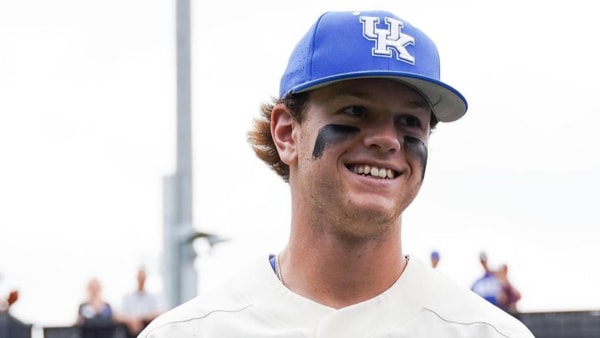

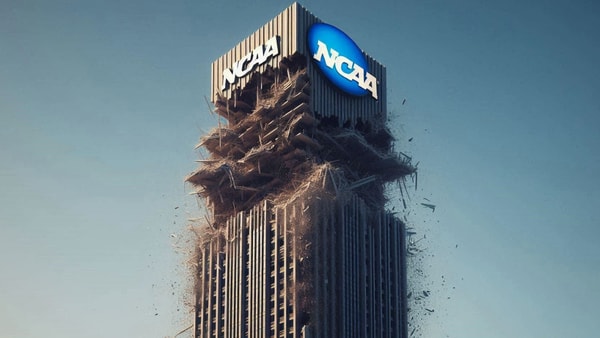
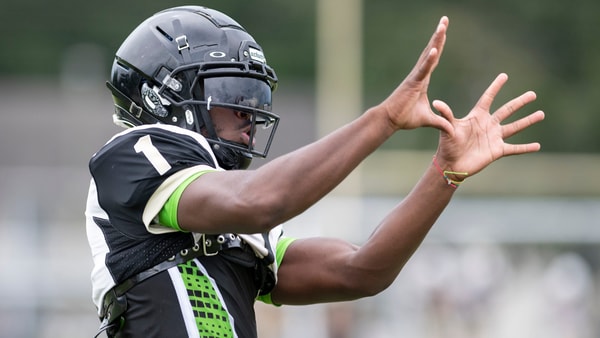
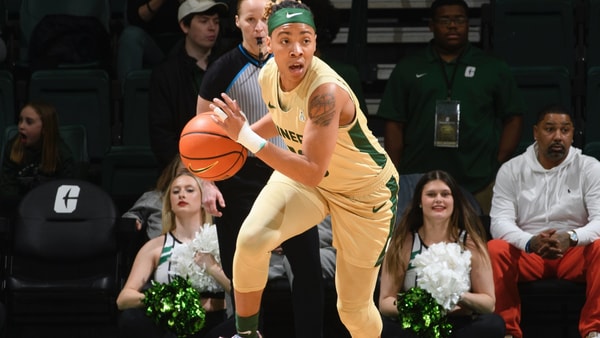
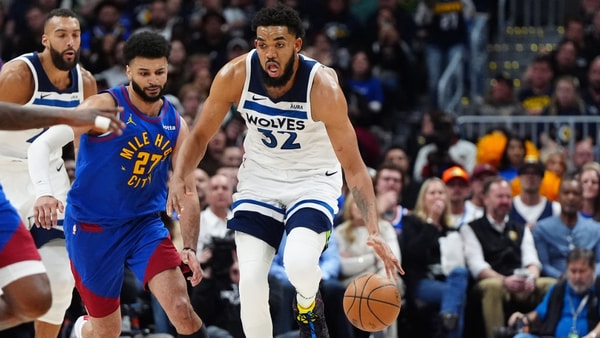

Discuss This Article
Comments have moved.
Join the conversation and talk about this article and all things Kentucky Sports in the new KSR Message Board.
KSBoard